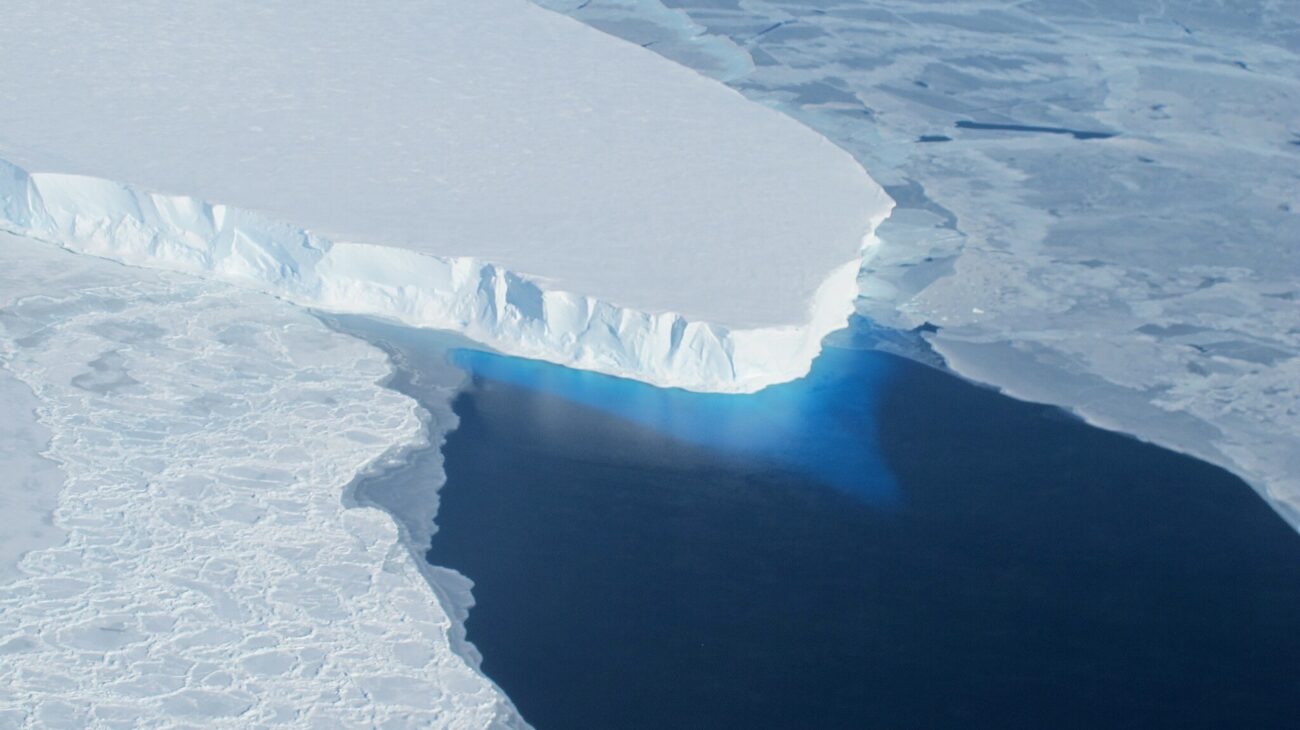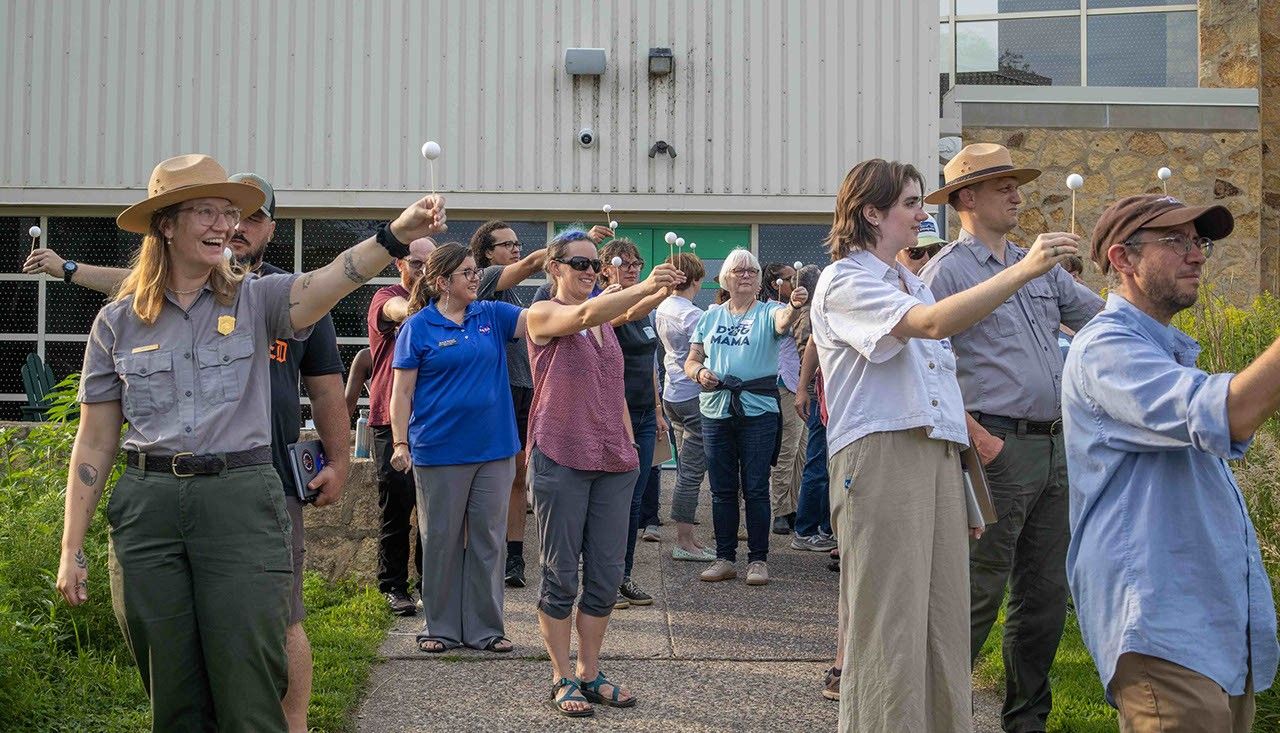PROTECT YOUR DNA WITH QUANTUM TECHNOLOGY
Orgo-Life the new way to the future Advertising by AdpathwayI wrote this piece a long time ago for a website far away. The owners threw it away when they rebranded as Thoughtco.com, so I’m reclaiming it here, slightly edited, with better images than they let me use back then. Enjoy!
Zombies are a big deal to lots of people. But did you know that zombies appear in geology? Right in the big geologic dictionary, it lists the “zombie effect”: when old fossils (usually microfossils) get recycled into younger rocks, making it look as though their species lived on after their extinction.
I haven’t seen zombie fossils, but I imagine they take a beating in their journey from older rocks to younger. That would make the name even more appropriate: picture the radiolarian version of shambling corpses, with their little spicules or whatever chipped and broken, sitting among the crisp shiny ostracodes and forams.
What about zombie rocks? We don’t call them that, but there are lots of examples that fit the zombie concept, in which rocks that once had independent existence now carry on in degraded form. The pictures show examples of sedimentary, metamorphic and igneous rocks with recycled rocks―zombie rocks―inside them.
Among the sedimentary rocks we have conglomerates, which are composed of relatively large, recycled zombie rocks that are given the name phenoclasts. Phenoclasts generally are well-rounded stones that owe their good grooming to riverbeds or seashore settings, so they don’t have that essential half-eaten zombie quality. These photos show an exception, a conglomerate in which the phenoclasts were shattered in earthquakes. They don’t look pulled together, and if they started tumbling in your direction they wouldn’t get far.

From our own Oakland Conglomerate
Some metamorphic rocks contain relict pieces of their precursor rock type, the rock they used to be before they turned metamorphic. Those pieces, called porphyroclasts, often have the crushed and ragged appearance you might call zombified. This example is a thin section of mylonite from Scotland, submitted by a reader.

From Glenelg, near the Moine Thrust; image courtesy ‘Solomon Grundy’
And in igneous rocks, rising magmas can carry with them ripped-up, roasted wallrocks that get frozen in mid-melt. Those ragged remnants are zombie rocks for sure, but we call them xenoliths instead.

Zombie xenoliths (upper left to lower right) from 39°50.122´N, 121°22.400´W at the entrance to the Grizzly Dome Tunnel in the Sierra Nevada foothills
Zombies―you’ll find them everywhere.
This entry was posted on 14 April 2025 at 7:34 am and is filed under Other topics. You can follow any responses to this entry through the RSS 2.0 feed. You can skip to the end and leave a response. Pinging is currently not allowed.


 5 months ago
51
5 months ago
51





















 English (US) ·
English (US) ·  French (CA) ·
French (CA) ·